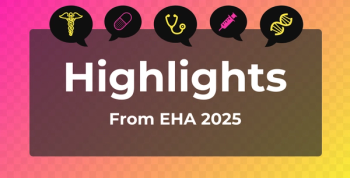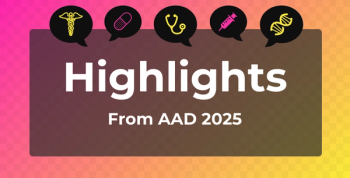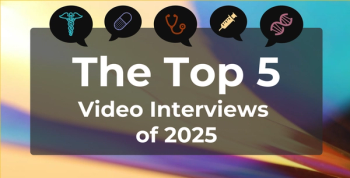
COVID-19's Potential Impact on Advanced-Stage Lung Cancer Trends

In our ongoing interview with Jessica K. Paulus, ScD, Ontada, she explains potential drivers behind changing trends in care for lung cancer that may have been influenced by the COVID-19 pandemic.
In our ongoing interview with Jessica K. Paulus, ScD, senior director of real-world research, Ontada, a business of
In research from last month’s American Society of Clinical Oncology annual meeting, presented in the session, “
Transcript
Can you go into more detail on how the COVID-19 pandemic may have affected health care referral patterns and utilization in the NSCLC space?
One of our main findings, as you alluded to, is that there has been a shift toward a higher proportion of patients presenting to
The first is potentially changes to the underlying population of patients with lung cancer in the United States who are in the kind of community oncology setting. We wouldn't have necessarily expected that given that we expect the advent and the rollout of CT-based screening programs for high-risk individuals would lead to the opposite trend. That's what we're all hoping to see. As I mentioned earlier, we can't directly assay that because we are only looking at sort of the tip of the iceberg of individuals in the United States who already have cancer.
Another possibility is just the nature of The US Oncology Network itself, which has been growing over time and onboarding new practices, new health systems over time. And in our data, it appears that those practices that have been added over time have a disproportionate degree of advanced-stage disease. That can be due to different catchment populations, different referral patterns. Is there a reason why certain practices that have been added to the network tend to have patients at more advanced disease? This could also be due to patient behavior; in particular, a patient's choice about presenting or having their care at a community setting vs an academic setting could be changing over time.
Ultimately, this work is purely descriptive. We didn't have the right data to tease out those potential explanations. But I still think one of the key takeaways for The US Oncology Network, in particular, is that there has been this shift toward advanced-stage disease. While this work, in particular, can't tell us or confirm why, descriptively it's still really critical for The Network in the sense that we need to make sure that the right resources, the right ancillary care settings, the right kind of the full package of care that you would want to have to meet the needs of a patient with stage III or stage IV disease is there and in the right kind of dose, in terms of health care resource provision. So that's really critical.
Newsletter
Stay ahead of policy, cost, and value—subscribe to AJMC for expert insights at the intersection of clinical care and health economics.







































